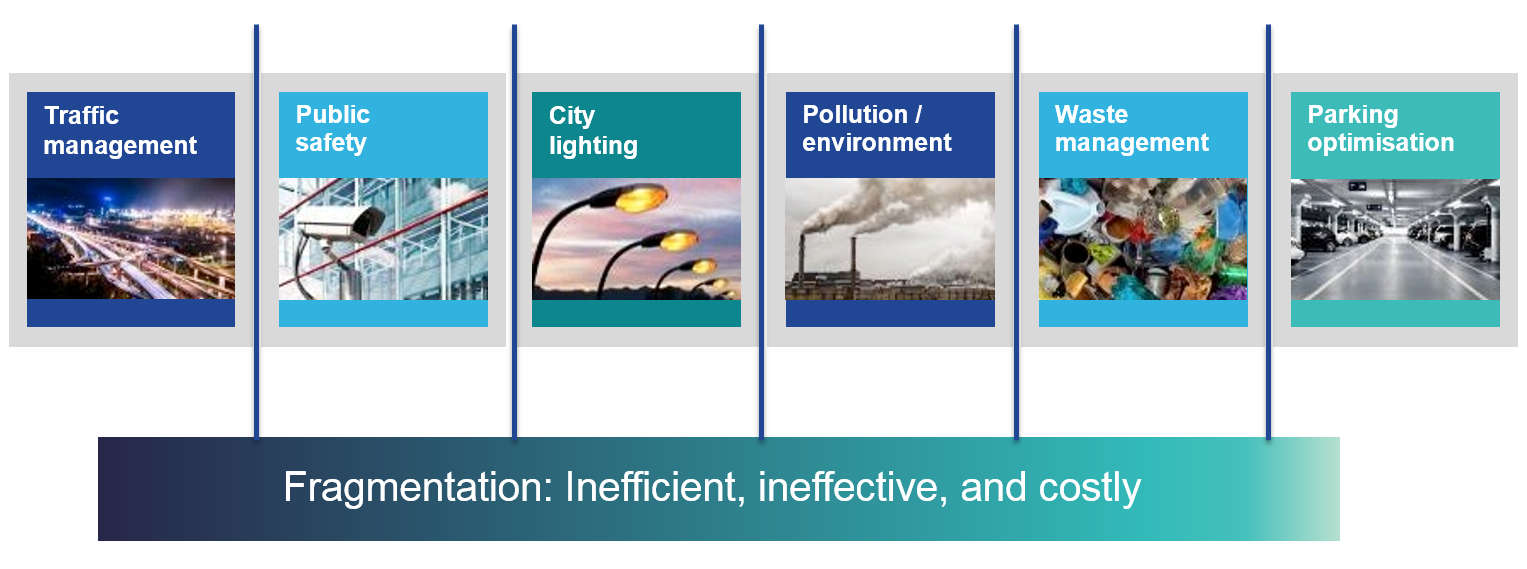































Recently I talked about the dance of the decade for IT and broader industries, in which we use a value-chain approach to sense and act on data in order to turn insights into transformative value for your business.
If businesses can create value that way, would it be a stretch for governments to make data dance for their citizens? Can we use data to move a country in a positive direction? To do that, the choreographed steps are the same whether for enterprises or for governments:access and analyze data anywhere, orchestrate action by connecting applications and business processes to act on data, and use those insights to engage people with interactive experiences.
The Power to Move a Country
Cisco has been working with countries and governments for many years to help them bring value from connecting people, data and things and accelerate country digitization. Recently, Cisco announced a$500 million investment over the next three years to accelerate digitization in Germany, a country with a$4 trillion Gross Domestic Product and six percent of the Gross World Product.
Can data move Germany? Can Germany make data dance to its tune? Big Data is powerful enough to move a country even that size. We can use data to quantify Germany's well-being, as seen from the Organisation for Economic Co?operation and Development (OECD) data that quantifies the country on several well-being attributes such as housing, jobs, education, health, environment and civic engagement. This powerful visualization of the data lets you decide the direction you want to move that attribute, and start a plan to achieve the outcomes you want.
Depicted below is Germany's well-being in living color as a flower chart, with each petal depicting one of the well-being attributes.
Using Data to Quantify a Country's Well-Being
We can pinpoint the data for specific cities: For example, consider Berlin, recently announced to become a "Smart City" in partnership with Cisco. We look at what's scoring high in Berlin, and what isn't. We also note what's correlated (such as jobs and income), and plan how to take action based on this.
In addition to correlating the petals for Berlin and deriving insights, we can compare Berlin to other cities to help us learn more. Maybe a different city is achieving similar results at half the cost. So we could consider what actions they are taking to get to the same outcome more efficiently.

Comparing Outcomes Among Cities to Gain Insights
From Cisco's experience working with cities and countries, we've seen governments benefit by focusing on two areas to take action from data:
When you marry the two together -optimized government operations, and improved citizen services -you get a winning combination that screams digital cities.
This looks so good and easy to achieve on paper. So why is it so hard to do? The challenge is the nature of city departments to work in silos as they run the city. Everything from parking and traffic management to garbage collection to public safety and city lighting run independently of each other with minimal linkages.

City Departments in Silos Don't Share Data and Insights
Breaking Down Silos
The by-products of departments not sharing information are inefficiency, ineffectiveness and cost. The solution is to break down the silos by using a data value chain approach shown below as a virtual, unifying framework, so departments share information with each other and act on the insights they learn.

Data Value Chain: Access Data from Everywhere, Analyze and Act Anywhere
For example, when public safety and city lighting departments share data, you can analyze whether crime is correlated with lack of lighting, and use that insight to take relevant action.
Integrating data and applications to connect and orchestrate processes among the different city departments is part of the data value chain that can open up new possibilities for cities to improve their services.

Break Down Boundaries with Data Value Chains: Access, Analyze, Orchestrate, and Engage
Individual departments can unlock value from hyper-distributed data and produce benefits that extend beyond their own departmental boundaries. Let's look at waste management in particular.
Taking Out the Garbage
As cities and countries introduce more types of recycling, the complexity of waste management grows. A data value chain combined with the Internet of Things can reduce the expense and complexity of waste management. A wireless M2M sensor in the trash can lid measures how full the container is, and transmits the data to an application that plans waste pick-up routes and frequency. In fact, a compelling reason we connect things to make an Internet of Things is to create data value chains!
In Barcelona alone, more than$4 billion in savings is expected in the next 10 years, due to the adoption of IoT-aided waste management technology. More benefits result, as fewer trips by garbage trucks also mean less traffic congestion and fewer pollutants released into the air. Digital engagement through a citizen service portal can allow residents to make requests and provide feedback to ultimately improve the service experience.
Don't let today's avalanche of data intimidate you. Using powerful visualization approaches like the flower chart, you can move your country by starting with just one petal. Once you decide on how that petal needs to transform, you turn the big data into small data by applying the data value chain approach and turning that data into action and collaborative processes.
Data can move a country after all.
Learn more about data value chains by listening to my recorded session from Cisco Live Berlin. https://www.ciscolive.com/online/connect/sessionDetail.ww?SESSION_ID=89470&backBtn=true#.VtiOmueOKyI.gmail
Learn more about Cisco's Analytics and Automation Software Portfolio:
http://www.cisco.com/go/analytics-automation-software
 Tags quentes :
dados
digitization
IT
Smart City
Analyitcs
Tags quentes :
dados
digitization
IT
Smart City
Analyitcs